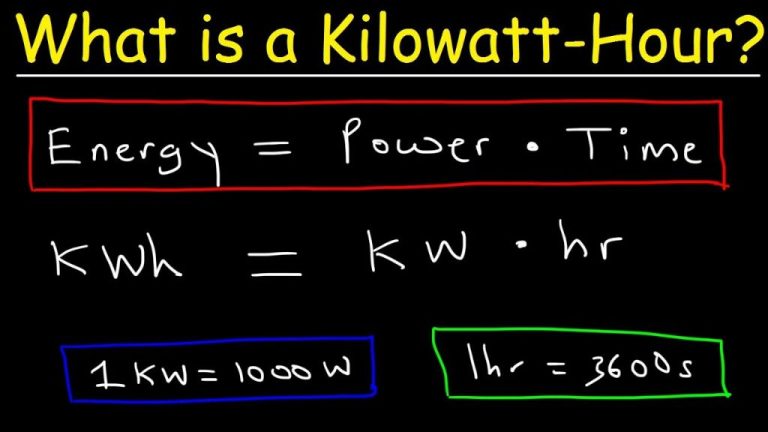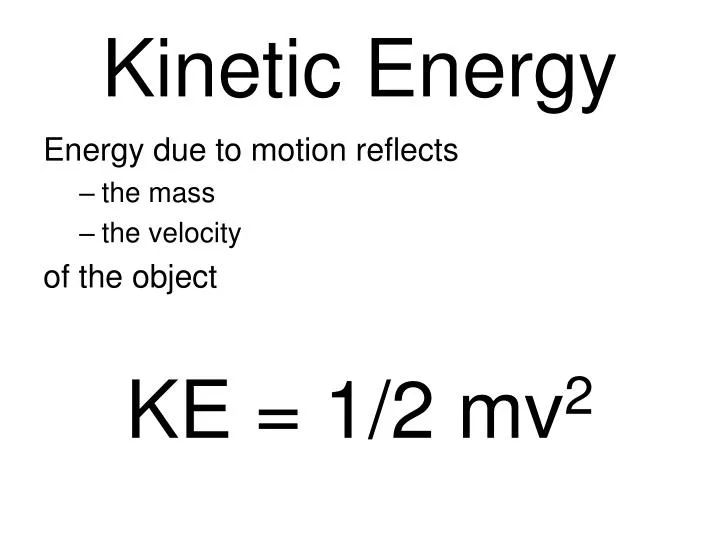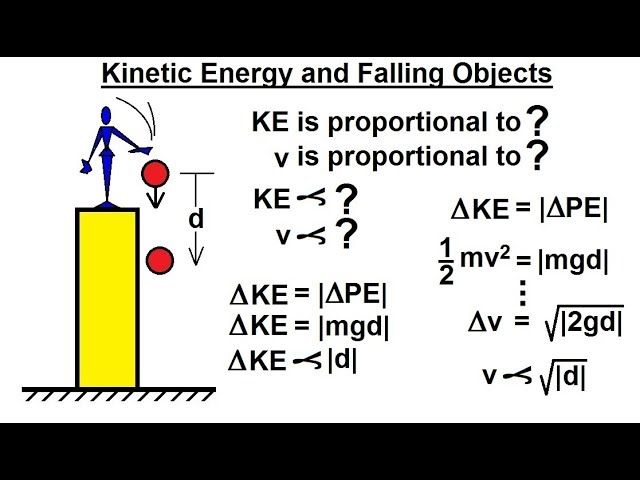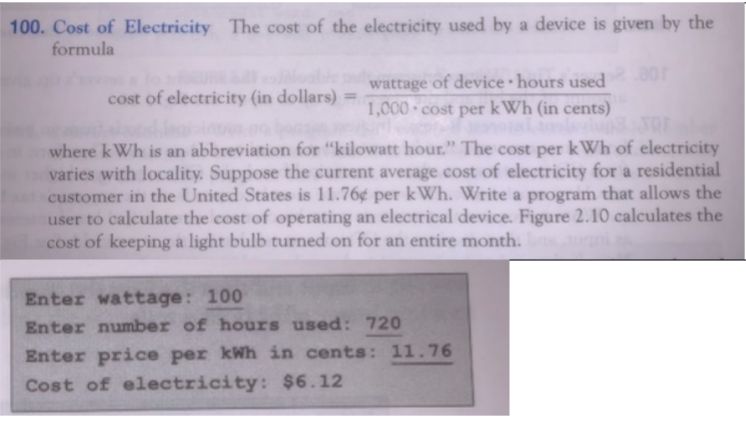What Is Energy On The Move Called?
Energy is the ability to do work. Motion is the change in position of an object over time. When energy causes motion, the energy is called kinetic energy. Kinetic energy is the energy of a moving object, which is determined by both its mass and velocity. This form of energy is different from potential energy, which is stored energy based on an object’s position or state. In this article, we will be discussing what energy on the move is called – kinetic energy.
Kinetic Energy
Energy on the move is called kinetic energy. The term kinetic energy comes from the Greek word ‘kinetikos’, meaning ‘motion’. Kinetic energy is the energy possessed by an object due to its motion. The faster or heavier an object, the more kinetic energy it has. As an object speeds up, it gains kinetic energy. As it slows down, it loses kinetic energy. Kinetic energy and motion are directly related – kinetic energy requires motion, and motion requires kinetic energy.
Types of Kinetic Energy
Kinetic energy can be categorized into several types based on the nature of the motion. The main types of kinetic energy include:
Vibrational Kinetic Energy
This refers to the kinetic energy associated with vibrational motion, such as atoms vibrating in a molecule or a swinging pendulum. The energy is stored in the oscillation or vibration of an object or system around an equilibrium position.
Rotational Kinetic Energy
This is the kinetic energy possessed by a rotating object or system. The amount of rotational kinetic energy depends on the object’s moment of inertia and its angular velocity. Examples include a spinning flywheel, the Earth rotating on its axis, and electrons orbiting the nucleus of an atom.
Translational Kinetic Energy
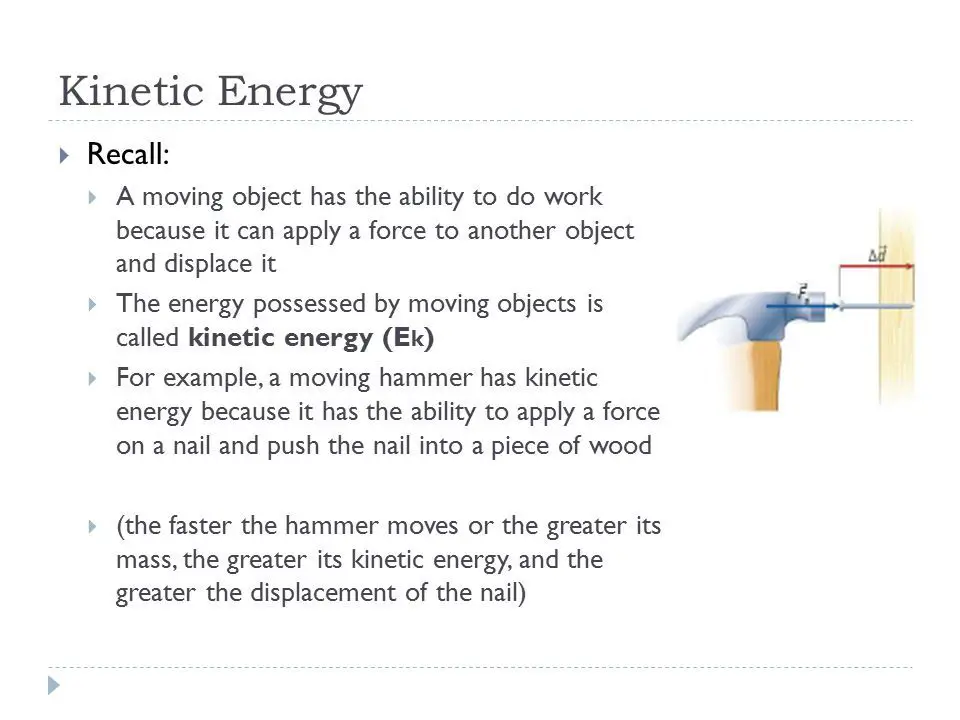
This kinetic energy refers to the energy of linear motion or motion from one place to another. Examples include a car driving down the road, a soccer ball being kicked, or an object falling due to gravity. The amount of translational kinetic energy depends on the mass and velocity of the moving object.
Examples of Kinetic Energy
Kinetic energy is all around us in our daily lives. Here are some common examples of kinetic energy:
- A moving car – The faster a car moves, the more kinetic energy it has.
- A bouncing ball – When a ball bounces, it transforms potential energy into kinetic energy.
- Wind – The movement of air molecules creates wind, which has kinetic energy.
- Flowing water – Rivers and streams have kinetic energy due to the motion of the water.
- A roller coaster – As a roller coaster speeds up and goes down hills, it builds up kinetic energy.
- A flying airplane – The engines provide thrust to make the plane move through the air, giving it kinetic energy.
- A spinning ceiling fan – The rotation of the fan blades produces kinetic energy that creates airflow.
- A person running or walking – Our bodies have kinetic energy from the movement of our limbs.
These are just a few everyday examples. Anything in motion, from molecules to vehicles, possesses kinetic energy.
Calculating Kinetic Energy
Kinetic energy is calculated using the following formula:
KE = 1/2 x m x v2
Where:
- KE = Kinetic Energy (in Joules)
- m = Mass (in kilograms)
- v = Velocity (in meters/second)
To calculate kinetic energy, you simply plug the known values for mass and velocity into the formula above. Here are some examples:
Example 1:
A bowling ball with mass of 7.3 kg is rolling at a velocity of 6 m/s. Calculate its kinetic energy.
KE = 1/2 x 7.3 kg x (6 m/s)2
KE = 1/2 x 7.3 x 36
KE = 131 J
Example 2:
A bicycle with mass of 15 kg is moving at a velocity of 5.5 m/s. What is its kinetic energy?
KE = 1/2 x 15 kg x (5.5 m/s)2
KE = 1/2 x 15 x 30.25
KE = 226.9 J
As shown in these examples, kinetic energy increases exponentially with velocity, while mass plays a linear role. Faster moving objects and heavier objects therefore have more kinetic energy.
Conservation of Energy
The law of conservation of energy states that energy can neither be created nor destroyed, only converted from one form to another. This is an important principle that applies to kinetic energy.
Kinetic energy is the energy an object possesses due to its motion. As an object moves, it transfers some of its kinetic energy into other forms of energy, such as potential energy, heat, sound, and light. For example, when you catch a ball, the kinetic energy of the moving ball is transferred to your hands as heat and potential energy as you stop the ball’s motion.
However, the total amount of energy before and after the transfer remains constant. This means the kinetic energy lost by the ball is equal to the heat and potential energy gained by your hands. The kinetic energy doesn’t disappear – it is converted into other forms of energy. This demonstrates the conservation of energy.
In practical devices like engines and brakes, kinetic energy gets continuously converted into thermal energy. The faster the motion, the greater the kinetic energy that gets converted into heat through friction and other processes. This allows the principle of conservation of energy to be applied in the design and analysis of mechanical systems.
Therefore, kinetic energy is closely tied to the conservation of energy law. Kinetic energy can transform into other forms of energy during collisions, heating, electricity generation, and more. But the total energy before and after remains unchanged, upholding the fundamental law of conservation of energy.
Transformations to Other Energy Types
Kinetic energy is often described as energy in motion or energy of motion. A key property of kinetic energy is that it can readily transform into other forms of energy. Through interactions between moving objects or the forces acting on them, kinetic energy can change into potential energy, thermal energy, sound energy, and more.
One classic example is how kinetic energy transforms into gravitational potential energy. When you lift an object upwards, you are doing work against gravity to increase its potential energy. The kinetic energy used to lift it gets stored as potential energy. When released, the potential energy transforms back into kinetic energy as gravity accelerates the object back down. The kinetic and potential energy can go back and forth based on the object’s vertical position.
Friction is another key force that can transform kinetic energy into thermal energy, also known as heat energy. As two surfaces rub against each other, their microscopic collisions convert macroscopic motion (kinetic energy) into increased thermal energy and temperature. For example, rubbing your hands together warms them up through friction converting movement into heat. Friction brakes on vehicles also work by converting kinetic energy into thermal energy.
When objects collide or vibrate rapidly, kinetic energy can transform into sound energy. The energy of vibration or impacts causes surrounding particles to oscillate and create propagating pressure waves we hear as audible sound. Louder sounds have greater kinetic energy being transferred from the source into the surrounding medium.
Understanding kinetic energy transformations allows us to engineer systems and technologies that convert between different useful energy forms. The elastic potential energy in a bow converts to kinetic energy in an arrow. Chemical energy in fuel transforms into kinetic energy of a vehicle in motion. Knowing how kinetic energy connects across systems through transfers and transformations is key for innovating processes and devices that make use of these principles.
Importance of Kinetic Energy
Kinetic energy plays a vital role in physics, engineering, and everyday life. It is essential to understand how objects and systems gain, transform, and transfer energy in motion.
In physics, kinetic energy is a core concept for describing mechanical work, thermodynamic processes, and conservation laws. The ability to mathematically formulate kinetic energy is fundamental to classical mechanics. Analyzing kinetic energy provides insights into the state of motion and forces acting on bodies.
In engineering and design, calculating kinetic energy is critical for improving efficiency, safety, and performance. Engineers may compute the kinetic energy in rotating parts, analyze the kinetic energy of fluids, or evaluate the kinetic energy of vehicles and projectiles. This knowledge allows them to innovate better systems and technology.
In our everyday lives, we observe many manifestations of kinetic energy. The motion of cars, the flight of airplanes, the vibrations of smartphones, and even the beating of our hearts all demonstrate kinetic energy at work. Understanding kinetic energy gives us a deeper appreciation for the physical world and how energy makes modern life possible.
Whether building rockets, designing rollercoasters, or simply turning on a light, we rely extensively on the important physics concept of kinetic energy. It provides the essential mathematical foundation for analyzing motion, forces, and energy transfers across scientific disciplines.
Frequently Asked Questions
Here are some common questions about kinetic energy:
What is kinetic energy?
Kinetic energy is the energy an object has due to its motion. The faster an object moves, the more kinetic energy it has.
What are some examples of kinetic energy?
Some everyday examples of kinetic energy include:
- A moving car, truck, or bicycle
- A kicked soccer ball or thrown baseball
- Wind
- Flowing water in a river or stream
- The motion of molecules (thermal energy)
How is kinetic energy calculated?
The kinetic energy of an object is calculated using the equation: KE = 1/2mv^2 where m is the object’s mass and v is its velocity.
Can kinetic energy be transformed into other forms of energy?
Yes, kinetic energy can be transformed into other forms of energy like potential energy, thermal energy, or electrical energy. The total energy is conserved in these transformations.
Why is kinetic energy important?
Kinetic energy is important because motion and energy are essential parts of our universe. Kinetic energy allows cars to move, wind turbines to turn, and our bodies to function.
Conclusion
Kinetic energy plays a crucial role in physics and our everyday lives. The main points about kinetic energy covered here include:
- Kinetic energy is the energy of motion – it is the energy an object has due to its motion.
- There are different types of kinetic energy, including vibrational, rotational, and translational kinetic energy.
- Examples of kinetic energy in action that we experience everyday include moving vehicles, the motion of atoms, and the flight of a thrown ball.
- Kinetic energy can be calculated by the equation: Kinetic Energy = 1/2 x mass x velocity2
- The law of conservation of energy states that energy cannot be created or destroyed – when kinetic energy decreases, another form of energy increases by the same amount.
- Kinetic energy can transform into other forms like potential energy, thermal energy, or electric energy.
- Kinetic energy powers many essential systems and technologies in our modern world.
In summary, kinetic energy is one of the most important concepts in physics, powering motion and transformations in our universe every second. An understanding of kinetic energy provides deep insight into how our world works on both large and microscopic scales.

